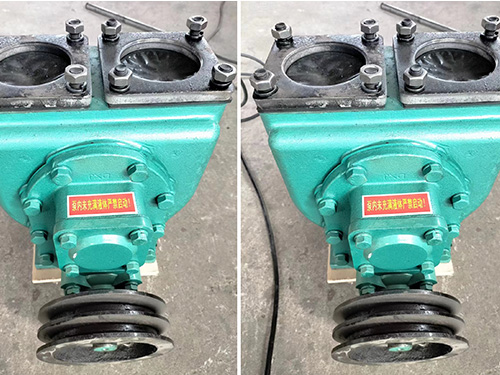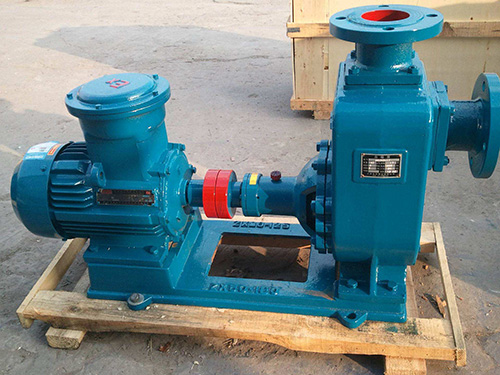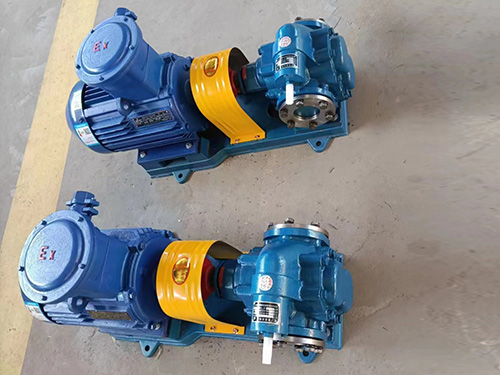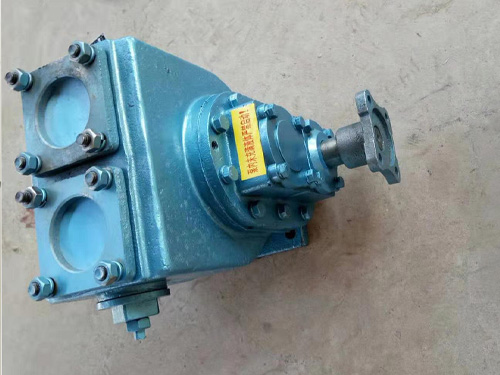What issues and characteristics should be paid attention to when discharging oil from Roots pumps
2023-06-09 14:36:29
[1] What should be paid attention to when discharging oil from the Roots pump? When the lubricating oil inside the Roots pump deteriorates or contains a large amount of impurities that cannot be used anymore, it is necessary to discharge the lubricating oil from the equipment and then add new lubricating oil. Otherwise, the unqualified lubricating oil will continue to remain inside the equipment, which will only cause serious wear and damage to the equipment. But at the same time, when carrying out oil discharge treatment, attention should also be paid to whether one's operating method is correct, etc. Otherwise, the wrong oil discharge method not only will not discharge the oil cleanly, but also will affect the quality of new lubricating oil. So let's focus on some operational precautions when draining oil from the equipment
If you want to drain all the oil from the Roots pump body, you can unscrew the oil drain plug at the bottom of the box to drain the oil 2. When the Roots pump is discharging oil externally, the liquid level should not exceed 30 millimeters from the top plate of the oil tank for lubrication and cooling of the bearings inside the pump. When the working chamber volume of the jack is too large, an additional oil tank should be installed, and the liquid level after oil discharge should not be less than 100 millimeters to avoid suction 3. After the first 500 hours of operation of the variable speed hydraulic pump, the oil should be changed and the oil tank and filter should be cleaned. Use visual and laboratory methods to test the oil quality, and change the oil in a timely manner when the oil quality deteriorates. When changing the oil, both the fuel tank and the oil filter should be cleaned at the same time. If there are metal shavings or water in the oil, investigate the cause and troubleshoot 4. Within a short period of time when the liquid level drops, the bearings are lubricated by the splashing oil from the attached oil and plunger spring. The oil filter in the oil tank and the oil filter under the pump are made of 230 mesh/inch copper wire mesh. The oil filter mesh should be cleaned regularly to prevent blockage. When in use, the oil temperature in the oil tank should not exceed 60 ℃, and appropriate measures should be taken for cooling Whether it is oil discharge treatment or maintenance treatment for Roots pumps, it is necessary to use the correct method and strictly regulate one's own operating behavior. Otherwise, incorrect methods will always cause damage to the equipment itself to some extent. Therefore, before any operation on the equipment, it is necessary to learn how to operate correctly and how to respond correctly and urgently[2] Characteristics of Roots Pump
Roots vacuum is a mechanical booster pump used to obtain medium and low vacuum, and also belongs to dry vacuum pumps.
. It can generate suction and exhaust effects by synchronously rotating two 8-shaped rotors in the pump chamber. Its principle is similar to that of a Roots blower, but due to its operation in a low pressure range, the molecular free path of the extracted gas is larger, and the resistance to gas leakage through small gaps during backflow is greater, thus achieving a higher compression ratio. The conventional pump can only be used as a booster pump, and it cannot work alone to directly discharge the extracted gas into the atmosphere. It needs to be used in series with the front stage vacuum pump. The gas extracted by the Roots pump needs to be discharged through the front stage vacuum pump before it can be discharged into the atmosphereClassification
The differentiation method is mainly based on the number of rotor blades.
The common name for a Roots pump generally refers to a two blade Roots pump, with two "8" rotors inside the pump Currently, there are also three blade Roots pumps that are widely produced, with a three blade rotor in the pump body Note: If you do not understand the two differences mentioned above, please refer to the corresponding rotor The difference between ZJP and ZJ on the model is only that the air outlet is different, and the internal mechanism is still the same. The ZJP type has both downward and lateral flow and an overvoltage protection valve, while the ZJ type only has downward flowFeatures
1: There are gaps between the rotor and the pump body, side cover, and between the rotor and the rotor, which are not in contact with each other. Therefore, A. There is no friction between the moving parts of the pump chamber, resulting in low power consumption and low operating and maintenance costs.
. B. The moving parts inside the pump chamber do not require oil lubrication and sealing, avoiding contamination of the vacuum system caused by oil vapor backflow. C. Roots pumps are not sensitive to small amounts of dust contained in the extracted gas2: The rotor has good geometric symmetry, runs smoothly, has low vibration, low noise, high direct transmission speed, small size, and light weight.
3: The pump chamber of the Roots pump does not experience internal compression like other mechanical vacuum pumps, so it does not require an exhaust valve. Therefore, when its front stage pump uses a water ring vacuum pump, it can extract gas containing a large amount of water vapor.
4: Fast start-up, able to reach vacuum in a short period of time, and high pumping efficiency
5: The pump operates over a wide pressure range (1.3X10 ³~ 1.3 Pa), with a high pumping efficiency, can quickly discharge sudden gas emissions, compensating for the diffusion pump and oil sealed mechanical pump at 1.3X10 ³~ The defect of low pumping efficiency at 1.3 Pah
6. Working: Each friction pair in the pump chamber is well lubricated, and the bearings are separated from the pump chamber. The pump shaft is equipped with a shaft sleeve at the shaft seal, so the main shaft will not wear. After the shaft sleeve is worn, it can be turned back and used again. Adopting a vertical structure, the tension of the belt counteracts the gravity of the pump pulley, resulting in lower bearing load and longer lifespan. The main components, large oil tank structure, are conducive to oil and gas separation and cooling, and have a large oil storage capacity, which has a good self separation effect on the impurities contained in the oil. According to the working conditions, it can also be equipped with a filter blocking bypass to automatically connect the filter, and an oil flow display device. Therefore, the pump can work for a long time and have a long service life, and can work in harsh working conditions 7. Small size and light weight: The design speed is moderate, the structure is compact and reasonable, and the utilization rate of the inside and outside of the pump chamber is high. The appearance is simple and the volume is small
The YHCB high flow pump has the characteristics of large flow rate, high head, small settli...

The CYZ centrifugal pump adopts an axial return liquid pump body structure, which is compos...

Copper gear pump (KCB type) is suitable for conveying lubricating oil or other liquids with...

The car mounted circular arc gear pump can be installed on the car and driven by the output...



